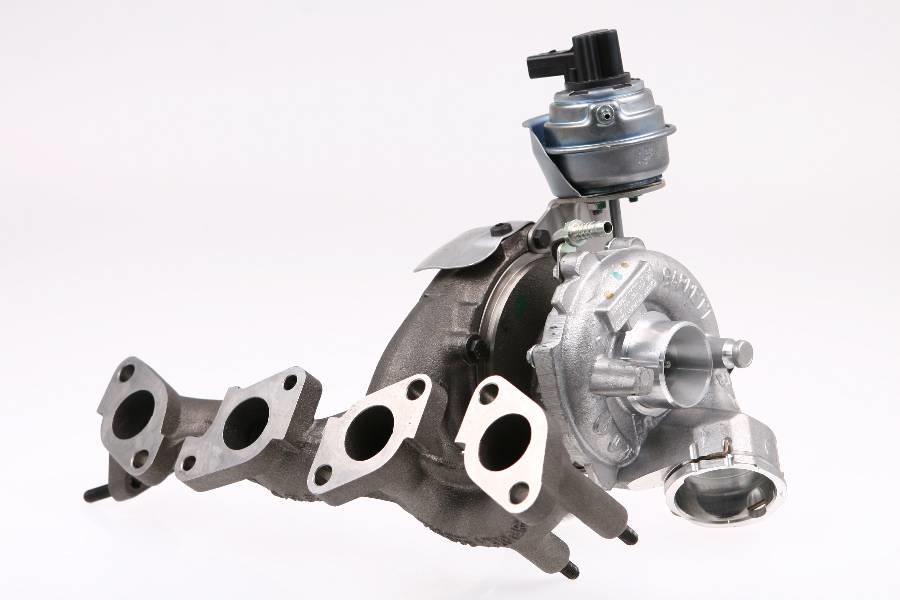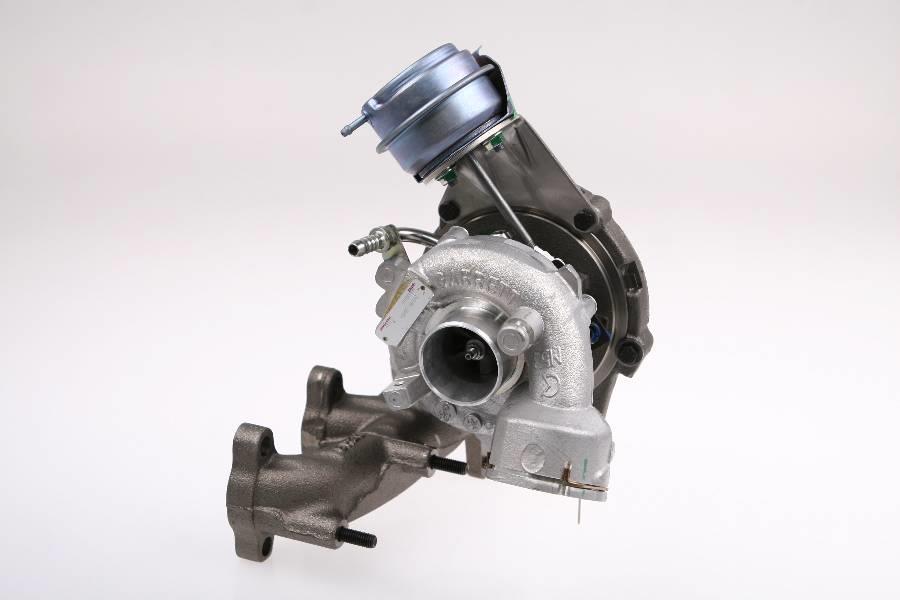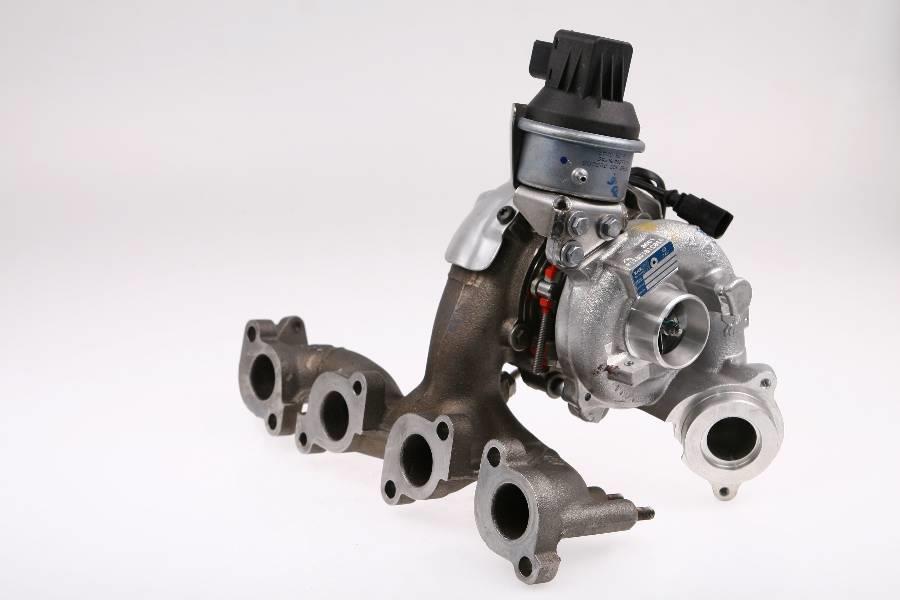Audi A3 8p 2.0 Tdi Turbolader Tauschen

Okay, let's talk about something *real*. Something that connects us – maybe not at a conscious level, but definitely when our wallets start to feel a little lighter. We're diving into the world of the Audi A3 8p 2.0 TDI. Specifically: the dreaded (but also sometimes oddly satisfying) task of getting that Turbolader, that turbocharged heart of your engine, swapped out.
Think of your turbocharger as the espresso machine of your car. It's there to give you that extra boost, that little kick when you need to overtake a slow-moving tractor on a winding country road. (You know the feeling!). And like any espresso machine that's seen better days, it can eventually start to splutter and wheeze. The result? Less "oomph," more "uh-oh."
Why the Turbo Troubles?
So, what makes a turbo go kaputt? Well, it's usually a combination of things. Age, naturally, plays a role. Think of it like a favorite pair of jeans – eventually, even the best denim starts to fray. Then there's oil starvation. This is like forgetting to water your houseplants. Without proper lubrication, things get dry, hot, and ultimately, very unhappy. Finally, driving style can be a factor. Constantly flooring it from cold is like running a marathon without stretching – bound to lead to problems!
Spotting the Signs: Is Your Turbo Saying "Help Me!"?
How do you know your turbo is on its last legs? Keep an eye (and ear) out for these telltale signs:
- Loss of Power: This is the big one. Suddenly, your A3 feels less like a pocket rocket and more like a…well, a pocket moped.
- Excessive Smoke: Blue or grey smoke billowing from the exhaust is a major red flag. It often indicates oil is leaking into the turbo.
- Whining Noises: A high-pitched whine or whistle coming from the engine bay is another classic symptom. It's not a happy tune.
- Check Engine Light: Of course, the trusty check engine light will often illuminate, throwing up codes related to turbocharger performance. Think of it as your car politely asking for your attention.
The Big Question: DIY or Pro?
Now comes the million-dollar question: Do you tackle the Turbolader Tauschen (turbocharger swap) yourself, or do you leave it to the professionals? Honestly, it depends on your skill level, your access to tools, and your tolerance for potential frustration. This isn't changing a tire. It's more like…performing open-heart surgery on your car. Not quite, but close! If you're comfortable working with engines, have the right tools (including a torque wrench – *essential*), and can follow instructions meticulously, then it's potentially doable. However, if the words "manifold," "wastegate," and "intercooler" make your head spin, then it's probably best to leave it to the pros. Remember: a botched turbo replacement can lead to even bigger (and more expensive) problems down the line.
Tips for a Smoother Swap (Whether DIY or Pro):
Here are a few nuggets of wisdom to keep in mind, regardless of who’s wielding the wrenches:
- Source a Quality Replacement: Don't skimp on the turbocharger itself. Go for a reputable brand or a refurbished unit from a trusted supplier. Remember: "Wer billig kauft, kauft zweimal." (He who buys cheap, buys twice).
- Replace the Oil Feed Line: This is crucial! A clogged oil feed line can starve the new turbo and cause it to fail prematurely. Think of it as giving your new espresso machine dirty water.
- Prime the Turbo: Before starting the engine after the swap, prime the turbo by disconnecting the fuel pump and cranking the engine for a few seconds. This ensures the turbo gets adequate lubrication right from the start.
- Use the Right Torque Specs: This cannot be stressed enough! Tightening bolts too much or too little can cause serious damage. Refer to the manufacturer's specifications.
The Joy of the Boost (and a Lesson in Patience)
Finally, after all the sweat, toil, and maybe a few choice words muttered under your breath, you fire up the engine. The turbo spools, the engine roars, and that familiar surge of power returns. It's a feeling of pure automotive bliss. It's also a reminder that even the most reliable machines require maintenance and care. Just like our own bodies and minds, they need attention, understanding, and sometimes, a little bit of TLC.
So, next time you're cruising down the Autobahn, enjoying the *kick* from your perfectly functioning turbo, take a moment to appreciate the intricate engineering that makes it all possible. And remember, a little preventative maintenance can save you a whole lot of hassle (and money) in the long run. Now, if you'll excuse me, I hear my espresso machine calling my name...




